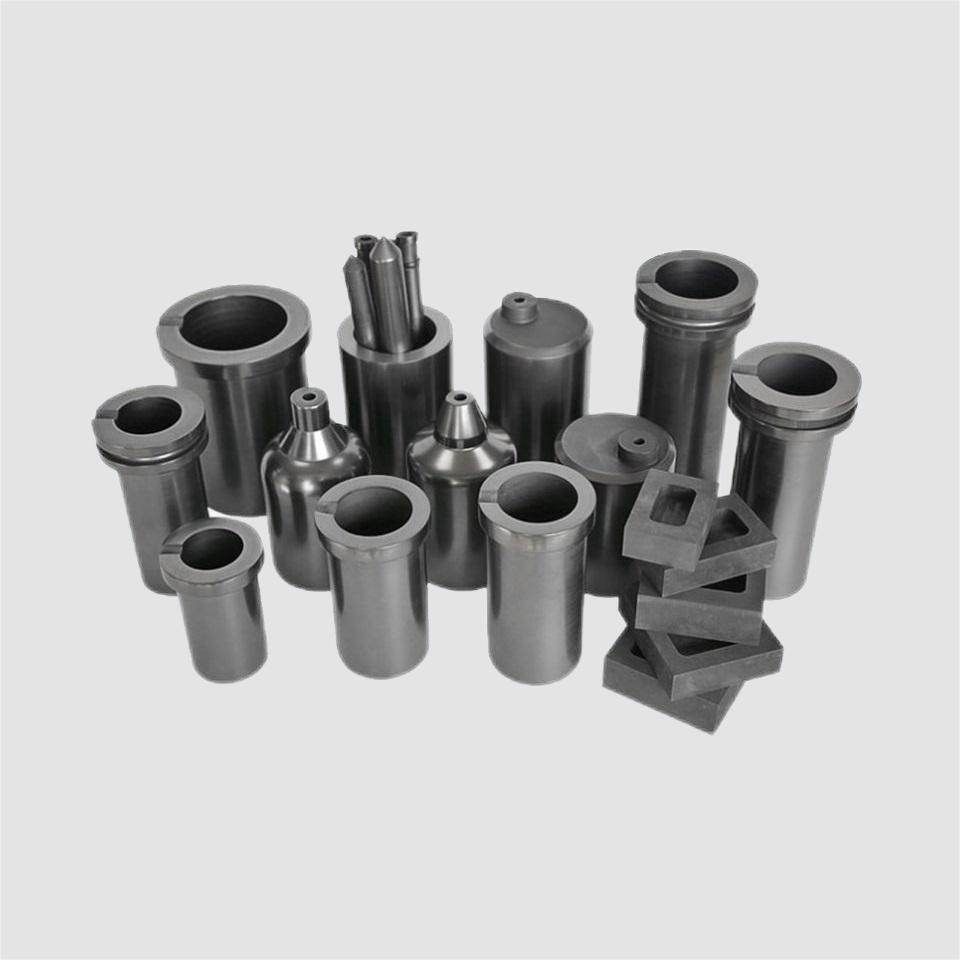
In the realm of metallurgy, chemistry, and material science, the selection of the right crucible material is crucial in determining the success of various processes, ranging from high-temperature metal alloying to the synthesis of advanced ceramics and glasses. There are several crucible materials available, each with its unique set of properties and benefits. Let's explore the best materials for crucibles in greater detail:
Quartz Crucibles
Quartz crucibles, often made from high-purity fused silica, are renowned for their exceptional qualities. They excel in resisting high temperatures, withstanding the corrosive effects of acids and bases, and maintaining stability under extreme thermal conditions. These crucibles find their niche in melting high-purity metals such as silicon, aluminum, and iron. Furthermore, their superior thermal conductivity improves melting efficiency. However, the premium quality of quartz comes at a higher price point.
Ceramic Crucibles
Ceramic crucibles encompass two major categories: aluminum oxide ceramics and zirconium oxide ceramics. These crucibles offer excellent heat resistance and chemical stability, making them versatile choices for melting a wide array of materials, including metals, glass, ceramics, and more. Nevertheless, their heat resistance is relatively lower than that of quartz crucibles, which makes them more suited for materials with melting points below 1700°C.
Graphite Crucibles
Graphite crucibles are the workhorses of high-temperature, high-pressure environments, often serving as essential tools in metallurgical and chemical research. These crucibles are available in two primary forms: natural graphite and synthetic graphite. Natural graphite crucibles boast superior thermal stability and corrosion resistance, ideal for various high-temperature applications. On the other hand, synthetic graphite crucibles are cost-effective but may have slightly reduced stability and corrosion resistance.
Metal Crucibles
Metal crucibles are constructed from materials like stainless steel, molybdenum, platinum, and more. They are the go-to choice when dealing with materials with exceptionally high melting points or when confronted with highly acidic or alkaline conditions. Metal crucibles exhibit strong resistance to corrosion and maintain remarkable thermal stability. Nonetheless, their use is associated with a higher cost compared to other crucible materials.
Summary
The choice of crucible material should be driven by the specific material being processed and the prevailing melting conditions. Each type of crucible offers its unique advantages and limitations, and selecting the right one is critical for achieving efficient and high-quality results in the fields of metallurgy, chemistry, and material science.
Post time: Oct-24-2023
